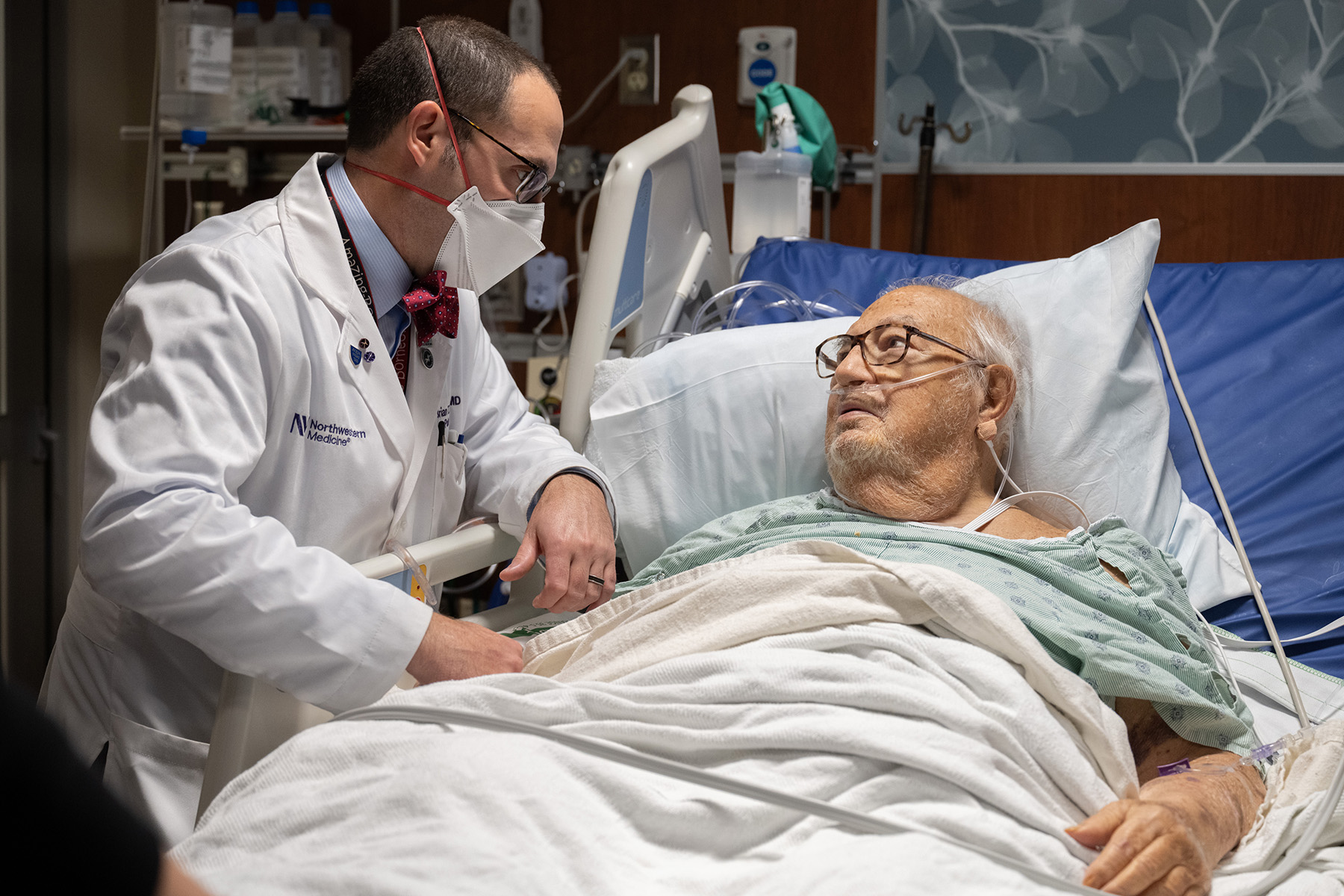
Ann Kennedy, PhD, assistant professor of Neuroscience, has been named the winner of the 2022 Eppendorf and Science Prize for Neurobiology. Her research investigates how survival behaviors like aggression are regulated by the brain and provides new insights into the mechanisms which set motivational states in mice.
The international Eppendorf and Science Prize for Neurobiology is awarded annually to one young scientist who is not older than 35 years for the most outstanding neurobiological research based on methods of molecular and cell biology conducted in the past three years.
“I am honored to have been recognized by Eppendorf and Science,” Kennedy said. “It’s been a great opportunity to pull together all the research my collaborators and I have worked on and be able to share it with the world.”
Aggression between members of a species is as old as time, but involves careful calculations, Kennedy wrote in an essay published in Science. Fighting can leave an animal injured, so it’s safer to start out with aggressive posturing, and only escalate to outright fighting if an opponent doesn’t back down. Scientists therefore expect aggressive arousal to build over time and to persist even after a fight is over. How this is accomplished in the brain is still relatively unknown.
To better understand this process, Kennedy and her colleagues used head-mounted miniaturized microendoscopes to characterize the activity of neurons in the ventrolateral portion of the ventromedial hypothalamus as mice freely interacted.
Puzzlingly, the investigators observed the activity in these cells was only weakly correlated with the mice’s actions. But by fitting the data with a dynamical systems model, they uncovered a subset of neurons showing gradual ramping of their activity, including persistent firing after a fight ended.
When the activity of these neurons were weak, mice investigated or ignored one another, but as the activity grew, so did aggressive posturing, such as dominance mounting. When activity in the neurons peaked, mice began to attack. Furthermore, mice that never fought showed only weak ramping activity of these neurons, whereas intense fighters showed strong and long-lasting ramping.
Kennedy’s research suggests the signals present in these neurons reflect a level of aggressive motivation and argues that the scalable and persistent activity within the ventrolateral portion of the ventromedial hypothalamus is a mechanism for setting an animal’s motivational state.
“We had this question: ‘What makes us behave differently when we’re angry or hungry? How does the brain encode these internal motivational states?’” Kennedy said. “What we found was if you look at activity of these hypothalamic neurons, you can pull out this signal that gradually ramps up over the course of an aggressive counter, and is correlated with animals’ overall level of aggression. It’s not a decision to attack, but it’s like this scalable knob of how ‘angry’ the mouse is, that gets cranked up over the course of an interaction.”
D. James Surmeier, PhD, the chair and Nathan Smith Davis Professor of Neuroscience, said Kennedy’s interdisciplinary approach to neuroscience is just one of the strengths she brings to the department.
“Ann is right in the middle of a revolution in the way we link brain and behavior,” he said. “By harnessing advanced computational tools, she’s making great strides toward understanding how the brain controls behavior.”
Following a degree in biomedical engineering at Johns Hopkins, Kennedy earned her PhD at Columbia University, where she modeled the representation of sensory and motor signals in cerebellum-like structures and their implications for learning. She then joined a lab at The California Institute of Technology, where she worked with experimentalists to characterize neural activity of the hypothalamic circuits that govern social and fear behaviors and developed machine learning tools for animal behavior analysis. Her lab at Northwestern uses theory and modeling to understand how motivational states and past experiences modify neural circuits to shape behavior.






